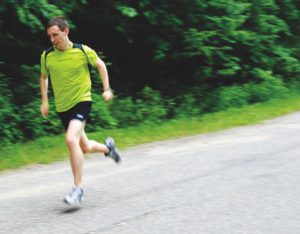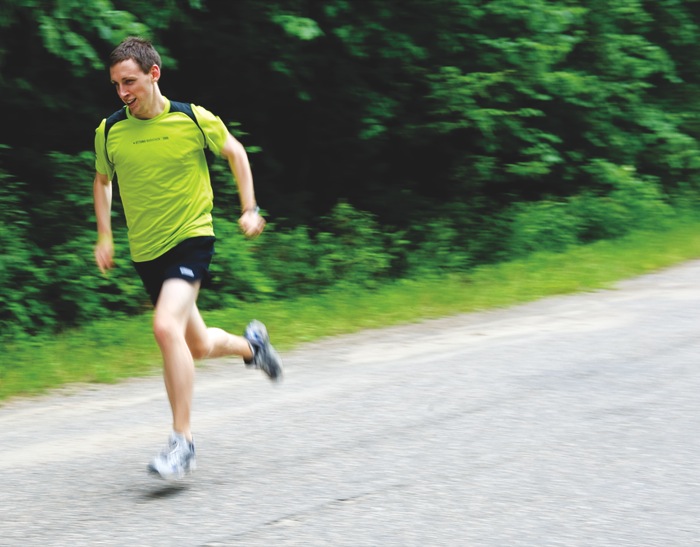Purniya Awan
Contributor
Burgers, hot dogs, ice cream, and popsicles are all things that we enjoy during the summer, but they slowly but surely turn into extra pounds. By the end of the season, it’s time for school and we’re stuck with the weight that we were hoping to lose before the first day of classes. For some, the idea of losing the summer weight seems hopeless, but according to personal trainer David Robertson, there are ways to lose it without going crazy.

It’s important to note that losing weight is not a quick process. It takes consistent exercise routines and willpower to maintain a healthy lifestyle. Robertson, who works with students at the Tait McKenzie Centre advises all his clients that “there’s not a [specific] exercise that you have to do, it’s more so you have to have a full-body exercise program installed [in your head].”
“Cardio is definitely where you get most of the fat burned,” says Robertson. “Certain exercises specifically on the floor, doing actual machines or weights will not help burn the fat.”
In other words, the best way to lose weight and tone the body is by primarily focusing on cardio, followed by some weightlifting exercises.
According to Canadian Living, the best cardio workouts are running, swimming, skipping rope, or biking for at least 30 minutes, three to five days a week. If you’re a beginner you should aim for 10 to 20 minutes and slowly build up to 30 minutes as your fitness level warrants.
After every cardio routine, strength training workouts should be next to help in increasing your metabolism and helping to burn calories faster by building muscle tissue. When it comes to muscle-building exercises that complement your cardio workouts, some of the best are bench presses, push-ups, lunges, and squats. Aim for one to two sets of 12–16 reps for beginners, or two to three sets of 8–12 reps at the intermediate level.
In addition to exercising, Robertson believes that “it’s very important to have a proper diet and proper dieting means you’re having your carbohydrates, your proteins, and your fats.” Robertson recommends consuming foods with low fat and high protein such as lean chicken or lean beef.
It’s also a good idea to keep fruits and vegetables such as apples, oranges, bananas, and green beans in the kitchen. Make sure that you have a balanced and controlled diet so you’re not eating too much of one thing or too little of another and be aware of what kinds of foods you’re consuming. Just planning meals ahead of time and tracking food intake can have a big effect.
Dietician Kathleen M. Zelman wrote in her article “Estimated Calorie Requirements” that an average female who is moderately active should consume 2,000 to 2,200 calories a day; an average male, 2,600 to 2,800. Ultimately it depends on body type, age, height, and activity levels so what works for one person may not for another.
It’s easy to get caught up trying to slim down before school, but don’t spend more than an hour and a half to two hours in the gym, says Robertson. You should be able to cover cardio, weightlifting, stretches, and core exercises within that time limit. Over-exercising can have a negative impact as it can lead to dehydration, muscle injuries, and fatigue.
It’s hard to lose the summer weight, but if you follow these tips and work within your ability levels, you’ll do more for yourself than a crash diet ever could.
Saying goodbye to summer weight


